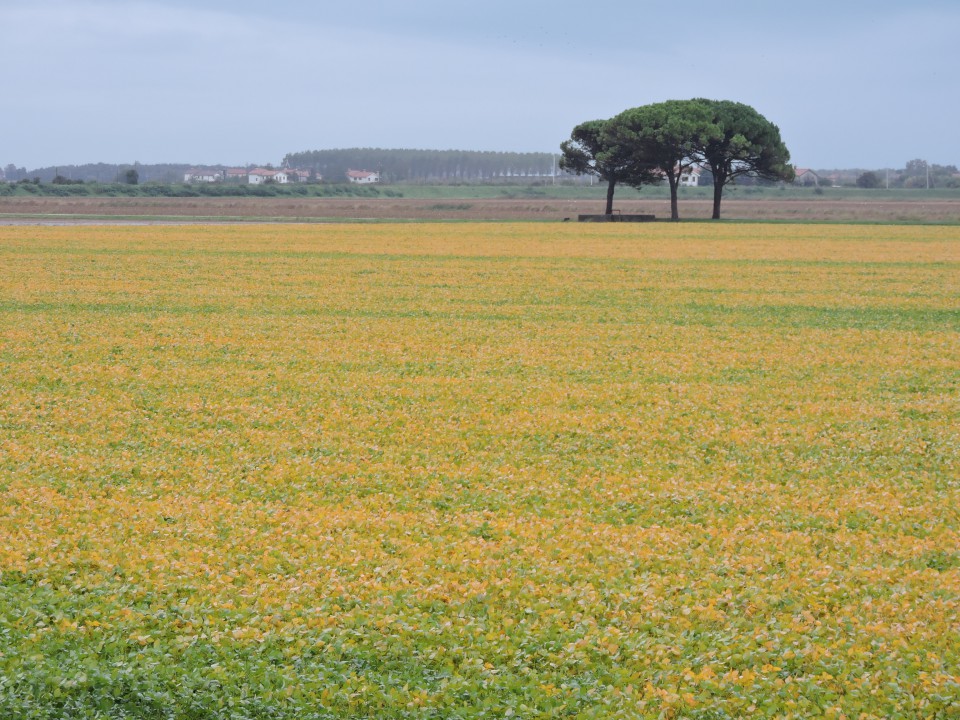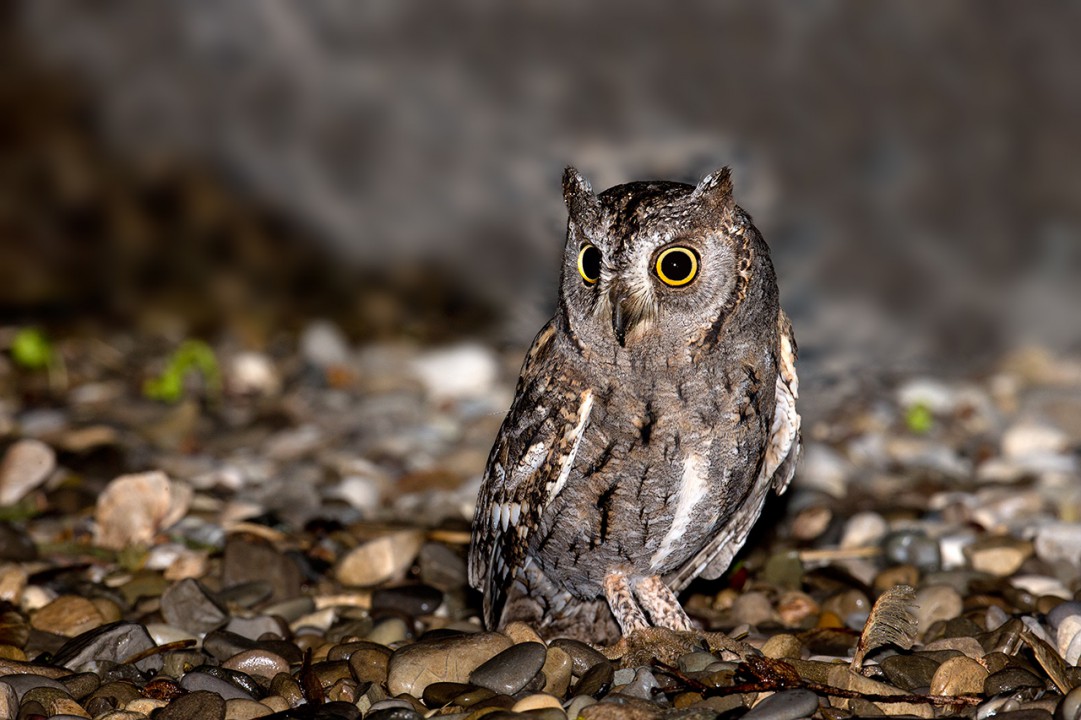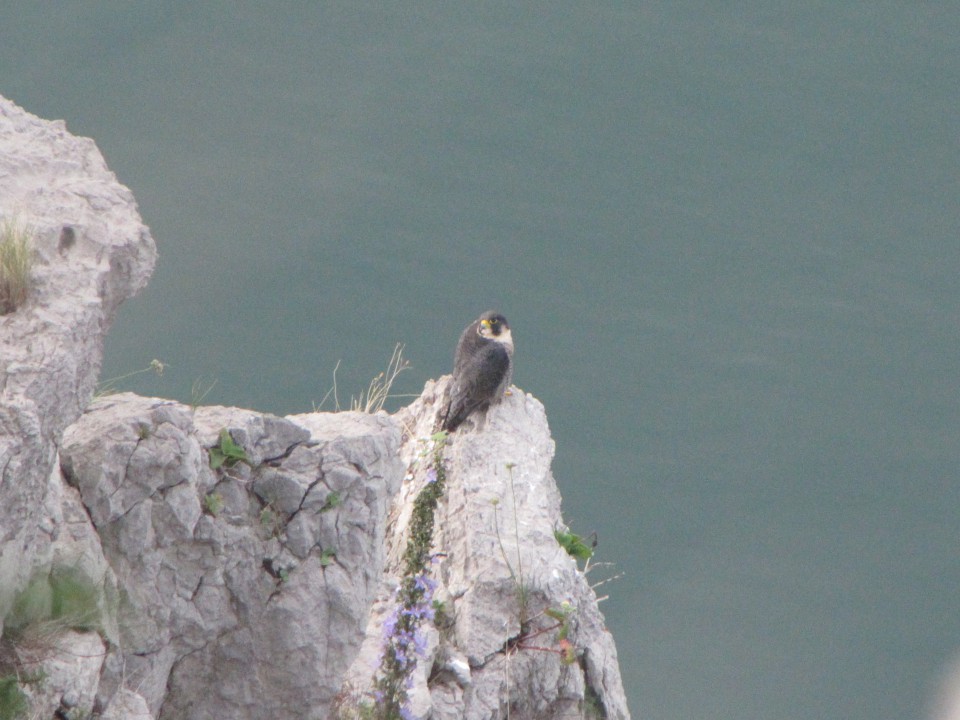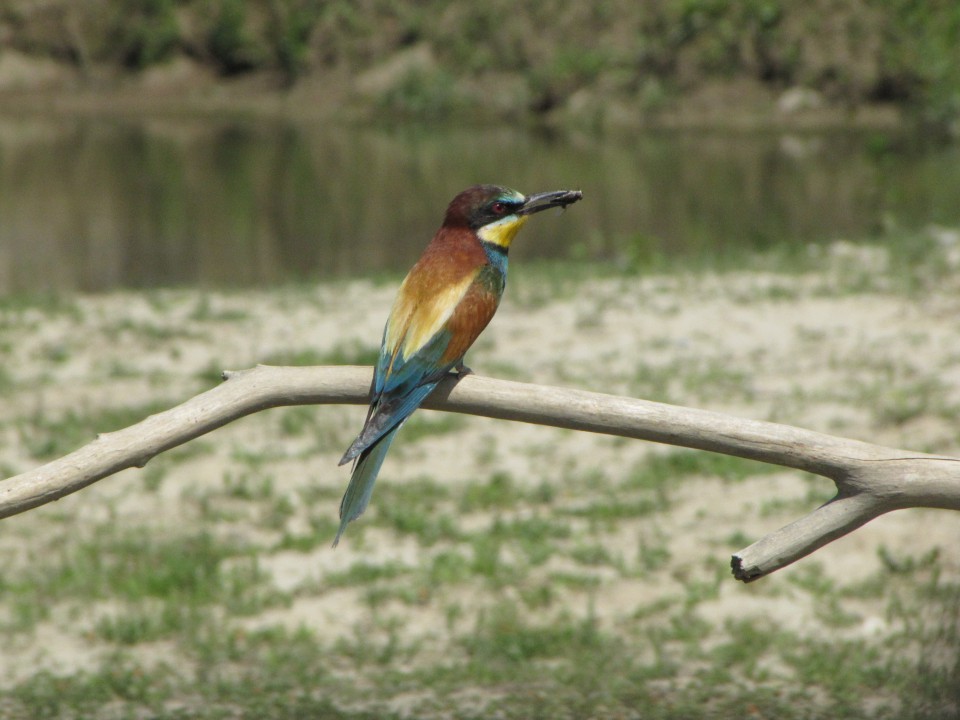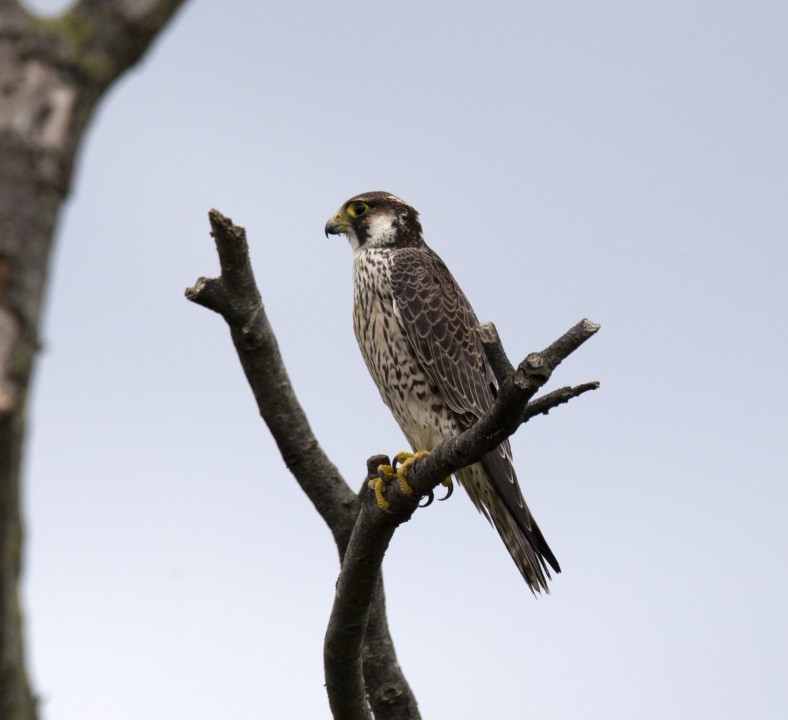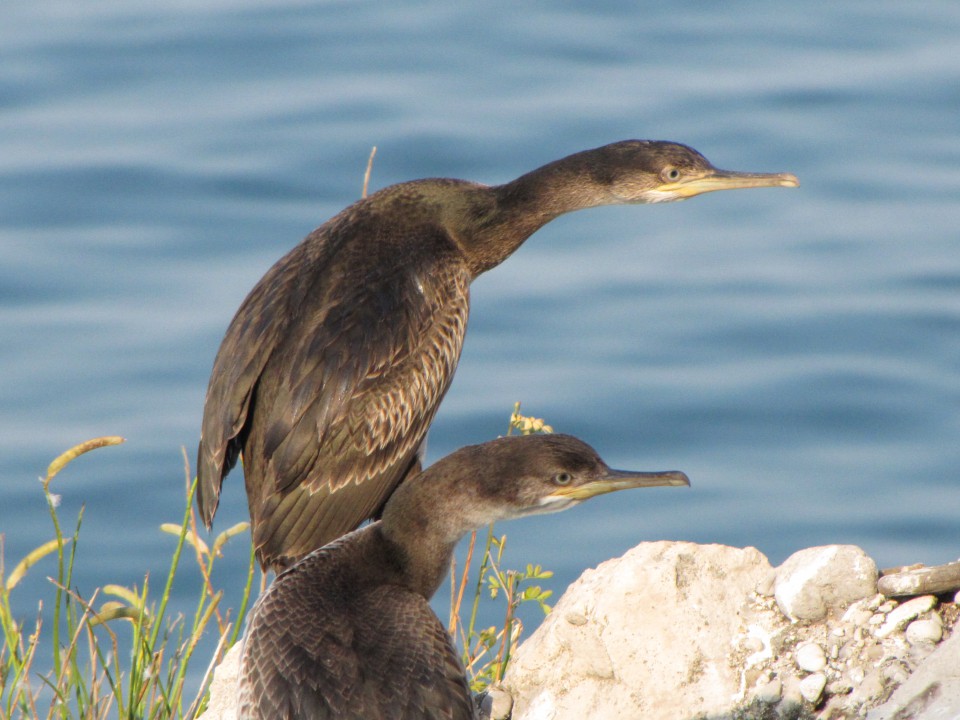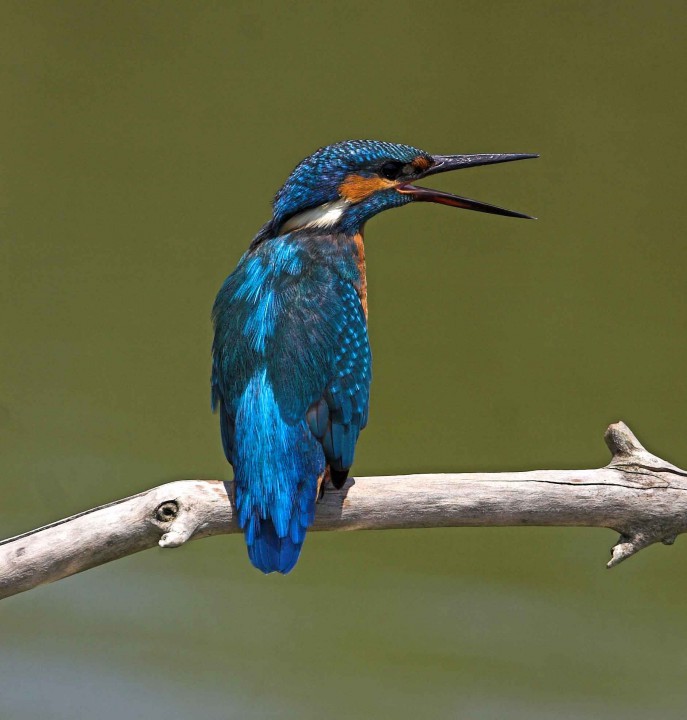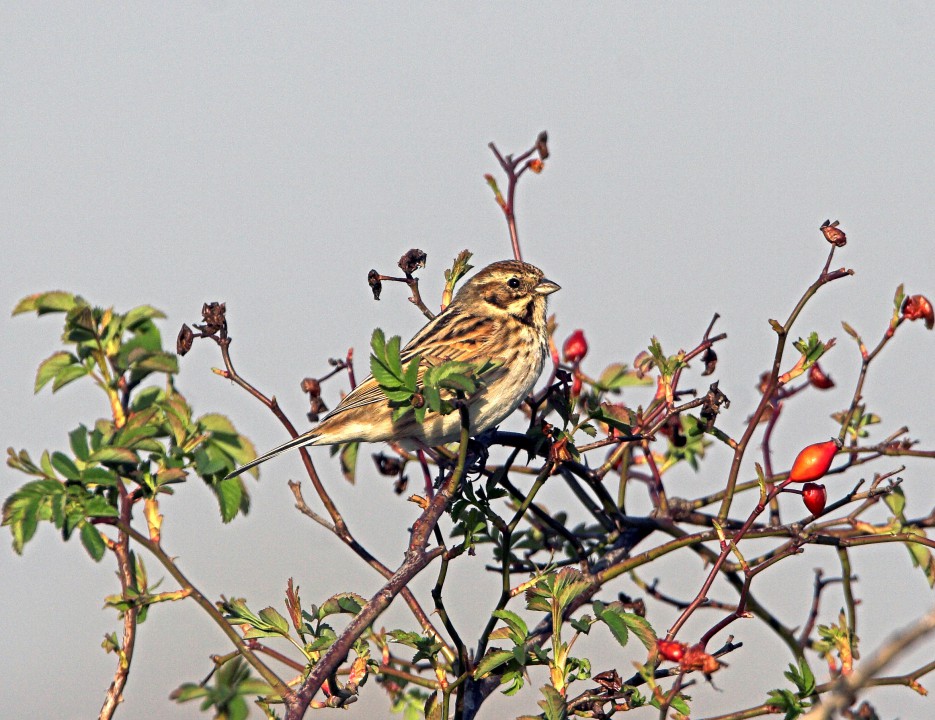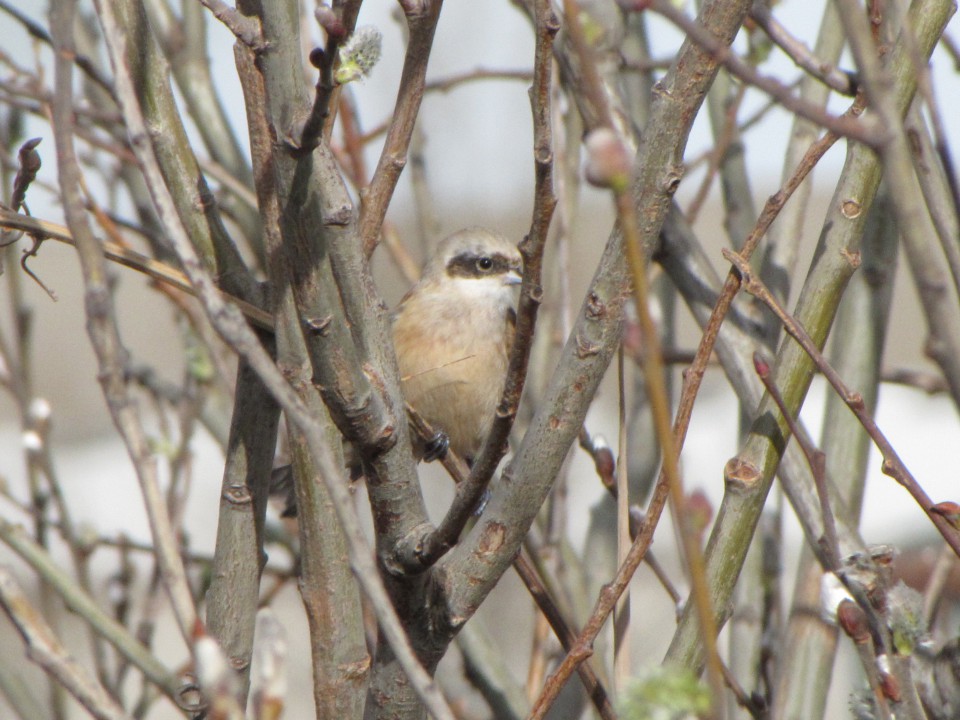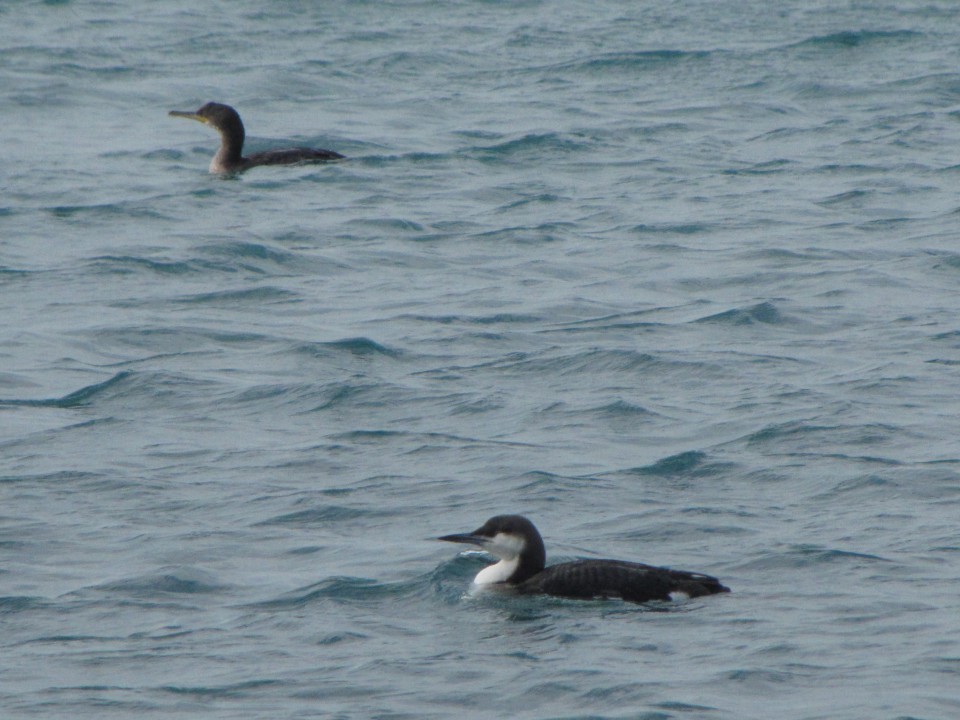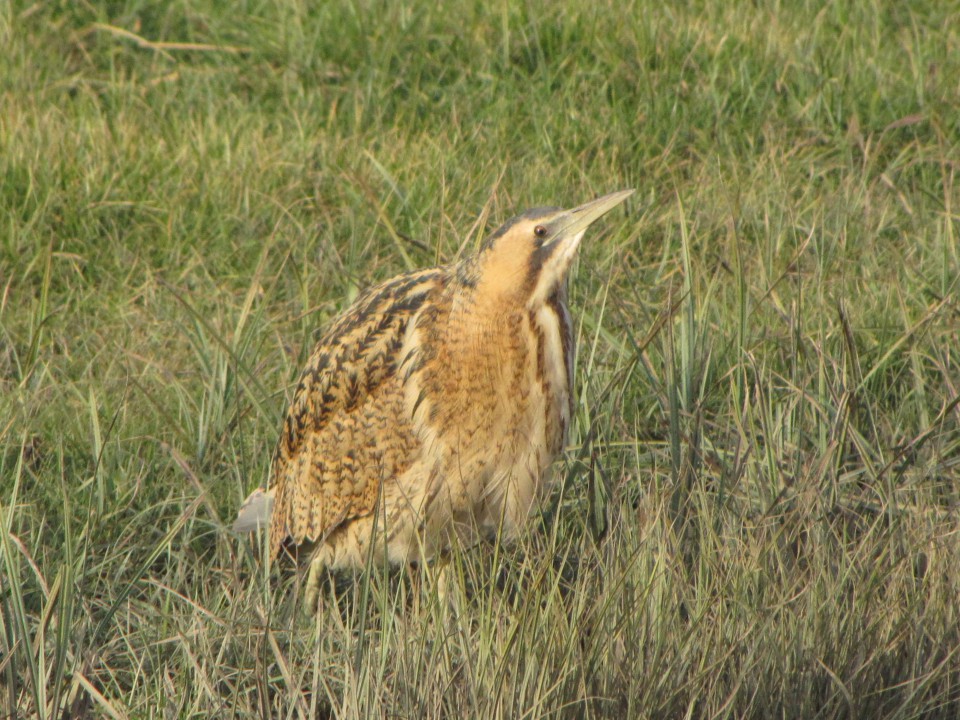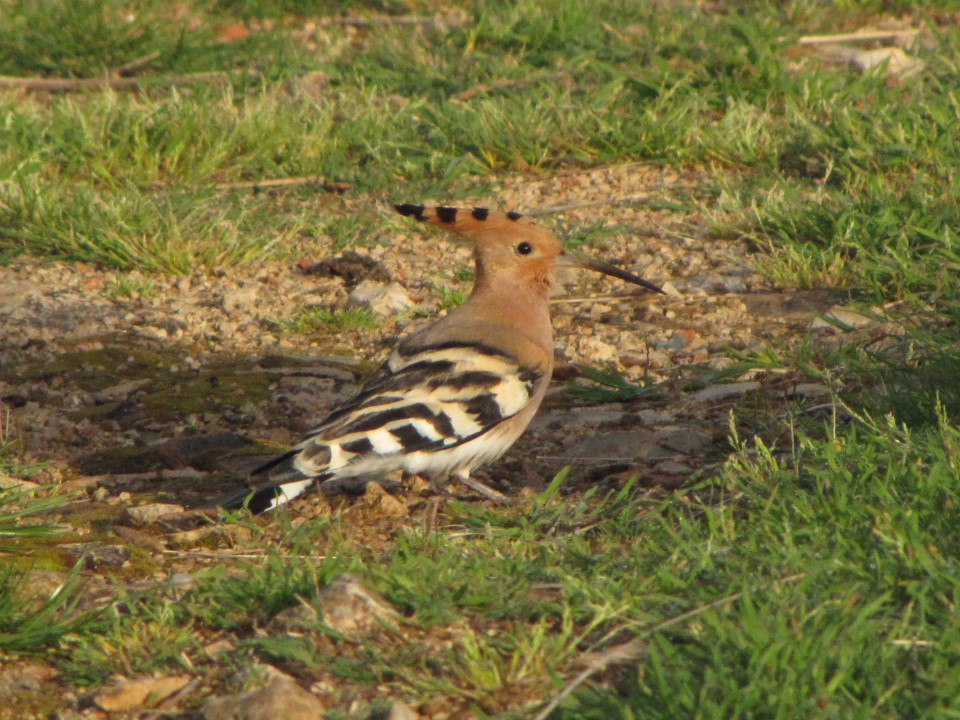
Descrizione
Un canale rettilineo porta alla confluenza dei fiumi di risorgiva Ausa e Corno che si incontrano prima di sfociare in laguna, al confine tra Grado e Marano. Alla confluenza si trovano due darsene, la prima a ovest e la seconda a est, che utilizzano le anse fluviali laterali rispetto agli alvei ora rettificati. Tenendo a sinistra si inizia la risalita del fiume Corno tra fabbriche, banchine commerciali e darsene turistiche, mentre sussistono elementi della bonifica come l’idrovora Planais e degli ambienti originari con i boschi planiziali, oggi circondati da campi e opifici. Dopo circa 6 km si giunge a Porto Nogaro che contende a Monfalcone il primato di porto commerciale più settentrionale del Mediterraneo. I commerci lungo il fiume hanno origine antica ma il grande sviluppo è seguito alle recenti sistemazioni quali i moli guardiani a Porto Buso, lo scavo del canale e la creazione della zona industriale. A monte di Porto Nogaro di incontra il circolo remiero “canoa San Giorgio” e proseguendo il fiume ritorna alle caratteristiche naturali con meandri, boschi ripariali rigogliosi e avifauna tipica. Una curiosità: nel giugno del 2013 un tursiope Tursiops truncatus , la specie di delfino più frequente localmente, ha risalito il fiume fino a Villanova ad oltre 10 km dal mare.
Tradizioni
L’area lagunare e la fascia perilagunare sono caratterizzate da zone situate a quote inferiori al livello medio del mare, conseguentemente...
Ambienti
Le zone normalmente emerse della laguna sono denominate “barene” e sono caratterizzate dalla vegetazione alofila cioè tipica...
Nel secolo scorso vaste zone lagunari e palustri circumlagunari sono state bonificate per ricavare nuove zone agricole, industriali ed urbane. Per...
Alla foce dell’Isonzo e nella laguna di Marano si estendono ampie zone di foce fluviali con lembi di bosco ripariale, grandi canneti che...
Non è sempre facile individuare una chiara separazione tra gli ambienti alofili (salmastri) delle lagune e quelli d’acqua dolce alle...
Le zone regolarmente sommerse dall’alta marea che si scoprono durante la bassa prendono il nome di “piana di marea”. Nel Friuli...
Uccelli
cm 85-100, sessi simili. Piumaggio bianco, becco giallo che diviene nero in periodo riproduttivo. Presente tutto l’anno, non nidifica. Numeroso...
cm 84-102, sessi simili. Presente tutto l’anno nidifica in colonia in boschetti lagunari e altre zone boscate dell’entroterra. La nidificazione...
cm 45-52, sessi simili. Presente tutto l’anno. Si riproduce in alcuni boschetti lagunari associato ad altre specie di aironi. La nidificazione è...
cm 70-90, Sessi simili. Presente da fine marzo a settembre nidifica in colonia in rigogliosi canneti nella laguna di Marano e nei ripristini della...
cm 45-55, spiccato dimorfismo, il maschio è grigio con le punte delle ali nere, la femmina è bruna, entrambi hanno il groppone bianco. Presente...
cm 34-38, è l’ anatra più piccola. Specie prevalentemente svernante, alcune coppie nidificano e concentrazioni si osservano nelle zone umide...
cm 19-21, sessi simili. Esiste una forma grigia ed una rossastra. E’un piccolo gufo con ciuffi auricolari ed un canto caratteristico ed ...
cm 23-28, sessi simili. Molto mimetico con un piumaggio bruno striato, ha un lungo becco diritto ed un volo caratteristico a zig-zag. Presente da...
cm 46-56, caratteristico “specchio alare” bianco. Specie prevalentemente svernante, alcune coppie nidificano. Frequenta le zone umide d’acqua...
cm 12.5-14, piumaggio bruno chiaro con ventre chiaro. Presente da aprile a settembre nei canneti dove nidifica. E’ la specie più frequente tra i...
cm 16-20, essi simili. Bruno chiaro con parti inferiori biancastre. Presente da aprile a settembre nei canneti dove nidifica. Il forte canto di...
cm 48-57, sessi simili. Brunastro con lungo becco ricurvo. Presente tutto l’anno ma non nidifica. Forma aggregazioni durante l’alta marea su...
cm 37-45, sessi simili. Brunastro con becco ricurvo, più corto del chiurlo maggiore, presenta caratteristiche strie scure sulla testa. Presente...
cm 140-160, colore bianco, grigio nei giovani, tubercolo alla base del becco, più evidente nel maschio. Presente tutto l’anno, numeroso presso...
cm 23-28, sessi simili, grigiastra. E’il rapace notturno più frequente e si osserva nelle zone agricole spesso presso edifici dove nidifica....
cm 38-43 sessi simili, grigio con fasce alari bianche. Presente tutto l’anno nidifica comunemente nei boschetti delle isole lagunari e delle zone...
cm 77-94, sessi simili. Come pellicani e sule ha le 4 dita congiunte dalla membrana natatoria. Specie presente tutto l’anno, aumenta notevolmente...
cm 15-16, maschio con capo grigio e gola bianca nella sottospecie cinerocapilla , ventre giallo, coda lunga con timoniere esterne bianche. Durante le...
cm 43-55, spiccato dimorfismo, il maschio è più colorato mentre la femmina è tutta scura con testa e spalle giallo paglierino. Presente tutto...
cm 38-45, sessi simili. Parti superiori grigie-brune nei giovani, parti inferiori bianche barrate, ali appuntite e volo veloce. Presenta rutto...
cm 52- 60, parti superiori scure, inferiori bianche, ali lunghe. Presente durante le migrazioni in particolare in aprile -maggio e agosto-settembre....
cm 36-42, sessi simili. Nera fumo con becco e placca frontale bianca. Corre sull’acqua per prendere il volo. Presente tutto l’anno, nidifica con...
cm 35-39, sessi simili. A febbraio veste il cappuccio bruno scuro dell’abito nuziale che poi perde in luglio-agosto. Presente tutto l’anno...
cm 37-40, sessi simili. Rispetto al gabbiano comune ha il becco più massiccio e rosso corallo, la testa nera-durante la nidificazione- e le punte...
cm 52-58, sessi simili. Grigio superiormente, bianco inferiormente. Presente tutto l’anno e nidificante abbondante in laguna, sui tetti di Trieste...
cm 27-31, sessi simili. Scura con coda in parte bianca e becco rosso e giallo. Presente tutto l’anno, nidifica nelle zone umide d’acqua dolce e...
cm 55-65, sessi simili. Piumaggio bianco con lunghe penne, dette egrette. su nuca e dorso durante il periodi riproduttivo. Presente tutto l’anno...
cm 40-46, essi simili. Ricorda un gabbiano reale di minori dimensioni. Presente da novembre ad aprile, numerosa in alcuni inverni, Frequenta il mare,...
cm 50-60. spiccato dimorfismo, è il progenitore dell’anatra domestica. Presente tutto l’anno, molto adattabile, frequenta sia le zone umide che...
31-37 cm , il maschio ha coda e capo grigi, parti superiori rossastre, La femmina ha coda rossastra barrata. Presente tutto l’anno, nidifica in...
cm 96-119, sessi simili. Grigia con il capo bianco e nero e le punte delle ali nere. Vola con il collo teso, a differenza degli aironi che lo...
cm 25.29, sessi simili. Molto colorato ha un caratteristico volo adatto alla cattura di grossi insetti in volo. Si posa su rami senza foglie, fil...
cm 29-35 sessi simili, scuro superiormente, con petto gocciato e parti basse rosse. Presente da aprile a settembre-ottobre, nidifica nei boschi...
cm 68-78, sessi simili. Il breve ciuffo è presente negli adulti in inverno e inizio primavera. Presente tutto l’anno diviene raro in inverno e...
cm 45-55, sessi simili Presente tutto l’anno nidifica in colonie, associato a varie specie di aironi. in alcuni boschetti lagunari. La...
cm 17-19, sessi simili. Azzurro superiormente, rosso inferiormente con grande becco scuro e coda molto corta che in volo lo fanno sembrare un...
cm 37-41, il maschio presenta una caratteristica striscia bianca dall’occhio alla nuca. Specie migratrice è presente da marzo a settembre....
cm 44-52, il maschio presente un caratteristico petto bianco. Specie prevalentemente svernante, alcune coppie si riproducono. Frequenta le zone umide...
cm 13-5-15.5 - il maschio in abito nuziale ha la testa nera. In abito invernale i sessi sono simili, con piumaggio brunastro, con coda relativamente...
cm 58-65, sessi simili, adulti neri e grigi, giovani bruni. Presente dalla primavera all’autunno. Rara d’inverno. Nidifica in colonia associata...
cm 10-11.5, sessi simili. Testa grigia con stria nera sull’occhio. “teoricamente” presente tutto l’anno in canneti e boschi ripariali, ormai...
cm 18-20,5 bruno chiaro superiormente. bianco sulle parti inferiori. Le ali hanno una sottile barra chiara e vengono spesso bloccate brevemente nel...
cm 48-56, sessi simili, piumaggio molto variabile, in genere bruna con chiazze chiare. Presente tutto l’anno, più numerosa anche in laguna durante...
cm 23-26, sessi simili. Grigio inferiormente, bruno striato superiormente, becco lungo e ricurvo. Presente tutto l’anno, più numeroso d’inverno,...
cm 40-48, il maschio ha la testa nera con una caratteristica macchia bianca sulle guance. Presente durante lo svernamento e le migrazioni, frequenta...
cm 17-21, sessi simili. Nera superiormente, gola rossa e ventre biancastra. Presente da marzo-aprile e settembre-ottobre, Nidifica sotto manufatti...
cm 52-58, maschio con testa verde scuro e collarino bianco, femmina con testa rossastra. Presente durante lo svernamento è frequente durante la...
cm 34-37, sessi simili. Grigia chiara superiormente bianca nelle parti inferiori, con calottina nera e becco rosso. È la classica rondine di mare...
cm 63-75, sessi simili. D’inverno il piumaggio è grigio scuro superiormente, biancastro inferiormente Il becco è più massiccio e tenuto...
cm 55-67, sessi simili. Durante l’inverno ha un piumaggio grigio, biancastro inferiormente. Presente d’inverno in mare e nelle zone più profonde...
cm 46-51, sessi simili Grigio superiormente, biancastro inferiormente, nell’abito nuziale mostra evidenti ciuffi sul capo e guance. Presente tutto...
cm 28-34, sessi simili. Grigio e biancastro d’inverno, veste il collo nero ed un ciuffo giallo dietro l’occhio rosso a marzo. Presente da agosto...
cm 22-28, il maschio è giallastro e nero sul capo, sul dorso e sulle ali, la femmina è simile ma con brunastro al posto del nero. E’il più...
cm 69-81, sessi simili. Piumaggio mimetico. Presente durante lo svernamento e le migrazioni. Ha nidificato saltuariamente. Frequenta le zone umide...
cm 29-33, sessi simili. Piumaggio beige chiaro con collarino nero. Presente tutto l’anno, spesso associata agli insediamenti umani in città,...
cm 23-29, sessi simili, bruno d’inverno, nero con guance sossastre in abito riproduttivo. Presente tutto l’anno, nidifica nelle zone umide...
cm 25-29, sessi simili, piumaggio arancio barrato di nero, cresta erettile sul capo, volo sfarfallante. Presente da aprile a settembre ed è...
cm 15-16.5, sessi simili. Bruno rossastro superiormente più chiaro nelle pari inferiori. Presente da aprile a settembre. Nidifica in boschetti...
cm 13.14, sessi simili. Piumaggio bruno rossastro, Canto forte e scoppiettante che risuona spesso al nostro arrivo nel territorio di un maschio....

